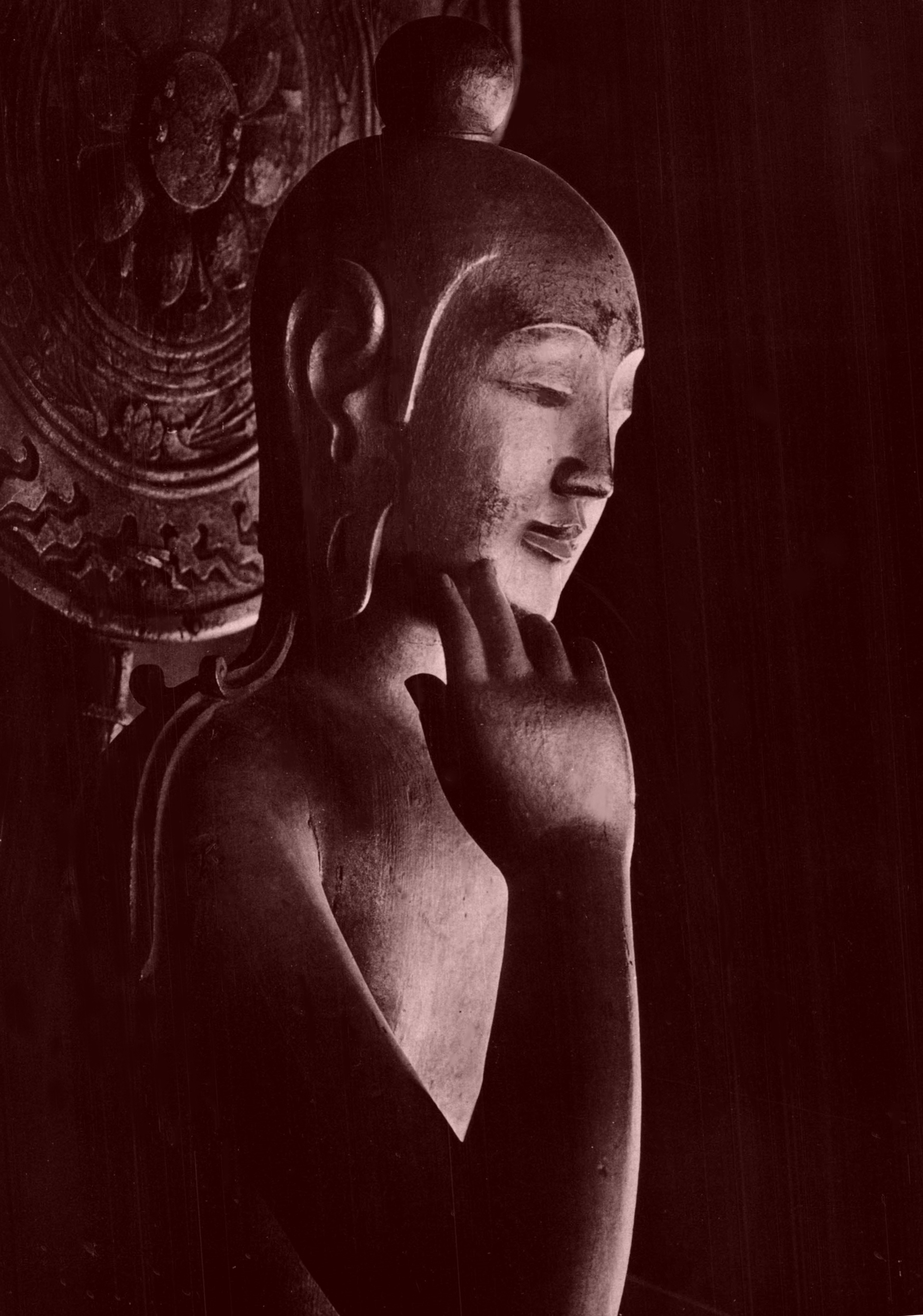Buddhist Women on a Path of Spiritual Awakening
Winter Without Discontent

Winter’s silent retreat – a time for contemplating the ways of the world, the mind, and the way of peace. In a world full of fear, fear need not be an obstacle.
We can approach it with the mind of a doctor, inquisitive, attentive, and discerning. Or like a scientist in a laboratory studying cancer cells, we examine fear through the microscope of the mind. Then we may see it with new eyes – not frightened of it, not cowering in its presence.
Why do we allow fear to hold us hostage or bow to it as to a powerful monarch? Can we treat it as a meditation object? Let us for a moment not be averse to it or believe our perception of it as solid. Instead, feel it in the body. Where and how is it felt: in the chest, stomach, throat? Is it a heat, pressure, trembling? Do we shrink as soon as it arises, thinking it will persist?
Now we scan it attentively, knowing its contours, breathing into it as we widen our attention throughout the body. We literally give it more surface area so that the heat lowers. It becomes possible to watch more objectively.
We notice the dukkha of it, the pain, so unpleasant. That pain is also not solid. It rises up and falls away. It changes in a flow of sense impressions. Knowing that, and feeling it as it really is without jumping to the past or future, we live it as pure sensation; a feeling – mental, physical or both.
We are seeing and learning that it is not fear-full, just a burning, a force; beginning, searing through the body and mind, ripping, then fading, abating, ending, in waves of energy release or mind moments. Natural process.
The Buddha teaches us to examine our conditioned responses to fear by pondering and seeing these nuances – arising and ceasing endlessly. They reveal fear’s true essence, its nature. It is suffering. And not who we are. It doesn’t last. How can it be ours? That’s the Dhamma of fear – the truth of it.
We can also ask, what is its opposite: trust? confidence? courage? faith? Bringing up compassion for ourselves, for our effort, even reading this article, or remembering our perseverance through a difficult time; rediscovering what is beautiful within us – our good words and kind acts, however small – we give space in the body for fear to change. It becomes diffuse, losing its usual density, and fades away.
As the mind opens and clears, we usher in gratitude, loving-kindness, more compassion, and with it, wise reflection. When any of these bright qualities preside, fear withers. Such is our potential to disarm fear and heal – turning the heart to its own innate goodness and wisdom – again and again and again.
We try this many times, patiently. Little by little, we learn how it works, how to move from fear to non-fear, from contraction to calm, from disquiet to contentment and ease. As joy and trust infuse our awareness, we touch the beauty of the present moment.
Each moment of knowing the truth about ‘fear’ and emptying ourselves of it, we gather a garland of peace moments. Like the empty reed that becomes a flute, we die to fear. And the pure love we seek is known, is here.
Instead of serving fear, may we be the ready servants of compassion.
Ayyā Medhānandī
